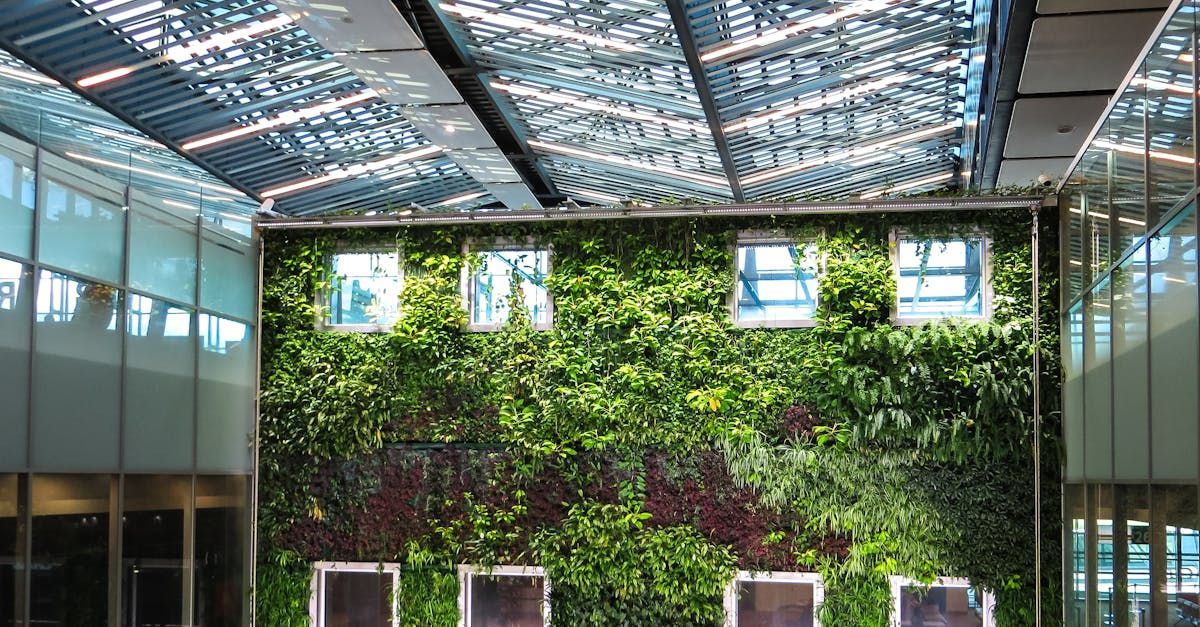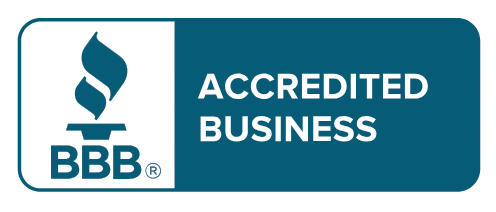Green Building Techniques: Sustainable Home Design

Green Building Techniques: Making Sustainable Choices in Home Construction
In today's world, embracing green building techniques is essential for crafting homes that are not only beautiful but also environmentally friendly. By integrating innovative methods and materials, homeowners can significantly reduce their environmental footprint while enjoying energy-efficient, sustainable living spaces. This article will guide you through various green building techniques, offering practical insights and real-life applications that can help you make informed decisions for your next home construction or renovation project in Charleston, SC.
Key Takeaway
- Green building techniques focus on sustainability and energy efficiency.
- Incorporating solar panels, green roofs, and energy-efficient windows can enhance the environmental performance of your home.
- Using recycled materials and low-VOC products promotes healthier living.
- Passive design principles and high-efficiency HVAC systems are crucial for reducing energy consumption.
- Why Green Building Techniques Matter Learn More:
- Energy Efficiency:
- Reduces energy consumption and costs
- Decreases greenhouse gas emissions
- Water Conservation:
- Saves water through rainwater harvesting and greywater recycling
- Decreases water usage in landscaping and cooling systems
- Use of Renewable and Recycled Materials:
- Reduces the carbon footprint of construction materials
- Decreases waste and the need for landfills
- Indoor Environmental Quality:
- Improves air quality through proper ventilation and filtration
- Creates a healthier and more comfortable living or working environment
Green building techniques are essential for reducing the environmental impact of construction activities. By adopting these methods, homeowners contribute to a healthier planet while also enjoying benefits such as lower utility bills and improved indoor air quality. Sustainable building practices can also enhance the value and longevity of your home.
Sustainable Materials for Construction
Choosing sustainable materials is a cornerstone of green building. These materials often come from recycled or renewable sources and have a lower environmental impact during their lifecycle.
Recycled and Renewable Materials
Materials like reclaimed wood, recycled metal, and sustainably harvested bamboo are excellent choices for eco-friendly construction. They reduce waste and the demand for new raw materials, preserving natural resources.
Low-VOC and Non-Toxic Materials
Volatile Organic Compounds (VOCs) are harmful chemicals that can off-gas from building materials, affecting indoor air quality. Using low-VOC paints, adhesives, and finishes ensures a healthier living environment.
Innovative Building Techniques
Incorporating innovative building techniques can further enhance the sustainability of your home. These methods focus on energy efficiency, resource conservation, and environmentally friendly construction practices.
Insulated Concrete Forms (ICFs)
ICFs are a form of wall construction that provides superior insulation, reducing energy consumption for heating and cooling. They also offer excellent soundproofing and durability.
Passive Solar Design
Passive solar design involves planning the orientation and layout of your home to maximize natural light and heat during winter while minimizing heat gain during summer. This reduces the need for artificial heating and cooling.
Green Roofs
Green roofs are covered with vegetation, providing insulation, reducing stormwater runoff, and improving air quality. They also create a natural habitat for local wildlife.
Energy-Efficient Systems
Equipping your home with energy-efficient systems can significantly reduce your carbon footprint and utility bills.
Solar Panels
Solar panels convert sunlight into electricity, providing a renewable energy source for your home. They can also reduce dependence on fossil fuels and lower greenhouse gas emissions.
High-Efficiency HVAC Systems
Modern HVAC systems are designed to use less energy while providing effective heating and cooling. Look for systems with high SEER (Seasonal Energy Efficiency Ratio) ratings.
Energy-Efficient Windows and Doors
Windows and doors with high insulation values prevent heat loss in winter and heat gain in summer, enhancing the overall energy efficiency of your home.
Water Conservation Techniques
Water conservation is another critical aspect of green building. Implementing these techniques can significantly reduce water use and promote sustainability.
Rainwater Harvesting Systems
Rainwater harvesting involves collecting and storing rainwater for later use, such as irrigation or flushing toilets. This reduces the demand on municipal water supplies.
Low-Flow Fixtures
Installing low-flow faucets, showerheads, and toilets can dramatically reduce water consumption without sacrificing performance.
Green Home Renovation in Charleston
At Hunter Baker Homes, we recently completed a green home renovation project in Charleston, SC. The homeowners wanted to reduce their environmental impact while maintaining the historic charm of their home. Here's how we achieved their vision:
Sustainable Materials
We used reclaimed wood for flooring and recycled metal for roofing. These materials not only reduced waste but also added unique character to the home.
Energy-Efficient Systems
We installed solar panels on the roof and replaced the old HVAC system with a high-efficiency model. These upgrades significantly reduced the home's energy consumption.
Water Conservation
A rainwater harvesting system was implemented to collect and reuse rainwater for garden irrigation. Low-flow fixtures were also installed throughout the home.
Green Roof
A green roof was added to the garage, providing additional insulation and creating a beautiful space for the family to enjoy.
Benefits of Green Building Techniques
Technique Environmental Benefit Economic Benefit
- Recycled Materials Reduces waste, conserves resources Often lower cost than new materials
- Low-VOC Products Improves indoor air quality Healthier living environment
- Insulated Concrete Forms Reduces energy consumption Lower heating and cooling costs
- Solar Panels Provides renewable energy Reduces electricity bills
- High-Efficiency HVAC Uses less energy Lower utility bills
- Rainwater Harvesting Reduces demand on municipal water supplies Lowers water bills
Real-Life Tips for Green Building
For homeowners considering green building techniques, here are some practical tips to get started:
- Assess Your Needs: Determine your priorities, whether it's energy efficiency, water conservation, or indoor air quality.
- Set a Budget: Green building can have higher upfront costs, but the long-term savings are worth it.
- Work with Experts: Collaborate with builders and designers experienced in green building practices.
- Start Small: If a full renovation isn't feasible, begin with smaller projects like installing low-flow fixtures or adding insulation.
- Research Incentives: Look for local or federal incentives for green building projects.
Comparison of Traditional vs. Green Building
Aspect Traditional Building Green Building
- Materials Often new, non-renewable Recycled, renewable, low-VOC
- Energy Consumption Higher due to less efficient systems Lower with energy-efficient systems
- Water Use Higher with standard fixtures Lower with low-flow fixtures and systems
- Indoor Air Quality May be affected by VOCs and pollutants Improved with non-toxic materials
- Initial Cost Generally lower upfront Higher upfront, lower long-term
Key Technologies in Green Building
Several technologies are driving the adoption of green building techniques. Understanding these technologies can help you make better choices for your home construction or renovation project.
Smart Home Systems
Smart home systems can enhance energy efficiency by allowing you to monitor and control energy use. Examples include smart thermostats, lighting controls, and energy management systems.
Efficient Insulation
Modern insulation materials, such as spray foam and rigid foam boards, provide superior thermal performance. Proper insulation is crucial for maintaining a comfortable indoor environment and reducing energy use.
Sustainable Landscaping
Sustainable landscaping practices, such as xeriscaping (using drought-tolerant plants) and permeable paving, minimize water use and reduce stormwater runoff.
The Future of Green Building
As technology advances and environmental awareness increases, green building techniques will continue to evolve. Future trends may include:
- Net-Zero Homes: Homes that produce as much energy as they consume.
- Advanced Renewable Energy Systems: Innovations in solar, wind, and geothermal energy.
- Sustainable Urban Planning: Designing communities that prioritize green spaces, public transportation, and energy efficiency.
Key Takeaways for Homeowners
Incorporating green building techniques into your home construction or renovation project offers numerous benefits, from reducing your environmental footprint to improving your quality of life. By choosing sustainable materials, energy-efficient systems, and water conservation practices, you can create a beautiful and eco-friendly home.
Conclusion
Green building techniques are not just a trend; they are a necessity for a sustainable future. Whether you're building a new home or renovating an existing one, incorporating these methods can significantly impact both the environment and your quality of life. At Hunter Baker Homes, we are committed to helping you achieve your green building goals in Charleston, SC. Contact us today to learn more about how we can bring your vision to life with environmentally friendly practices.






